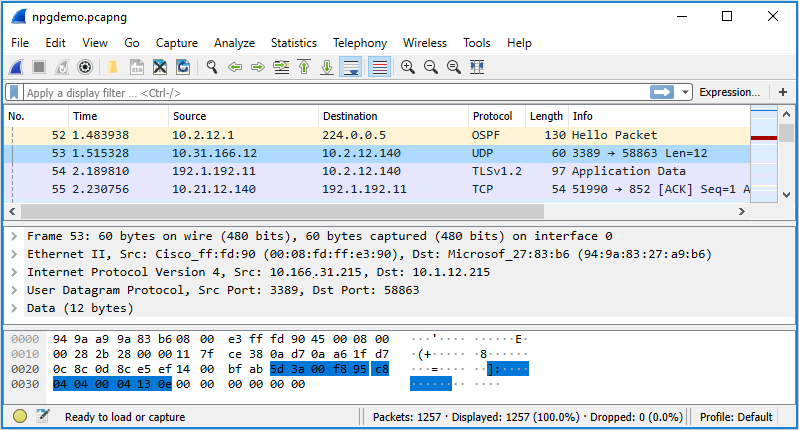

After capturing packets, click the Analyze menu and choose Options. Wireshark offers tools that could help diagnose problems. Of course this means that you’ll probably need to dig into the guts of the 802.11 standard (and IETF specifications, which define many of the non-802.11 packets). Even though this may make life difficult when troubleshooting, concentrate on studying the packet traces captured by WireShark to learn the details of how wireless networks work. Also, some vendors add proprietary functions that may cause confusion when reviewing the flow of packets. Wireless packet analysis requires a solid understanding of the 802.11 standard and other protocols. This would point to a problem with the client’s 802.1X supplicant. After reviewing the packet trace, you may see (by observing the VLAN tagging in the appropriate packets), that the client device is connected to the guest network instead of the coroporate network. A wireless 802.1X client device on the wireless network, for example, may appear connected to the wireless network, but the user is not able to access network resources. When troubleshooting a wireless LAN, use Wireshark to capture the packets, and analyze the flow of packets to see if you can spot the problem. As a result, you’re able to analyze the flow and view each field (including data field payloads) of all packets.įigure 1. The middle panel displays information about this packet, and you can choose a specific field of the packet (such as Duration field shown in the figure), and the contents of that field are displayed in hex and ASCII format in the bottom panel. The one selected in Figure 1, packet 3, is an 802.11 beacon frame. You can select a specific packet to display more details. The top panel of the window identifies each packet’s source and destination nodes, protocol implemented, and information about each packet. Figure 1 is a screenshot of a sample packet capture window. The packet capture will display the details of each packet as they were transmitted over the wireless LAN. You’ll be prompted to save the capture for later viewing. When you’re done capturing packets, click the Capture menu and choose Stop.Īlternatively, you can set the capture run length (in packets or minutes), and the capture will automatically stop when that length has been met. This size is generally good enough, but to change it click the Capture menu, choose Options, and adjust the Buffer size value accordingly. Wireshark will continue capturing and displaying packets until the capture buffer fills up. To start the packet capturing process, click the Capture menu and choose Start. The Wireshark Capture Filter window will appear where you can set various filters. To set a filter, click the Capture menu, choose Options, andĬlick Capture Filter. In this case, you can set a filter that excludes all packets except those associated with the IP address of the client you’re troubleshooting. For example, you may be troubleshooting a particular client device connecting to the network. The menu Advanced Wireless Settings will appear where you can change the channel.Ĭonsider filtering the packet capture to reduce clutter when analyzing packet traces. To do this, click the Capture menu, choose Options, and click Wireless Settings. For example, if the wireless network is set to channel 1 for the traffic you’re interested in, then configure To select an interface, click the Capture menu, choose Options, and select the appropriate interface.īe certain to monitor the correct RF channel.
#Wireshark tool mac#
Included with AirPcap, which increases the listening ability of the tool.įor MAC users, you should be able to interface Wireshark directly with yourīefore capturing packets, configure Wireshark to interface with an 802.11 client device otherwise, you’ll get an alert “No capture interface selected!” when starting a packet capture. Tuned to Wireshark and operates very well. Radio designed to work effectively with Wireshark. If you have trouble getting Wireshark working with existingĬlient cards, then consider purchasing AirPcap, which is a USB-based 802.11 Wireshark), but you’ll only see (at best) packets being sent to and from the computer running In this case, you can try turning promiscuous mode off (from inside The issue is that many of the 802.11 cards don’t support promiscuous mode.
#Wireshark tool software#
Simply go to, download the software for your applicable operating system, and perform the installation.Ī problem you’ll likely run into is that Wireshark may not display any packets after starting a capture using your existing 802.11 client card, especially if running in Windows. Wireshark (formally Ethereal) is freely-available software that interfaces with an 802.11 client card and passively captures (“sniffs”) 802.11 packets being transmitted within a wireless LAN.


 0 kommentar(er)
0 kommentar(er)
